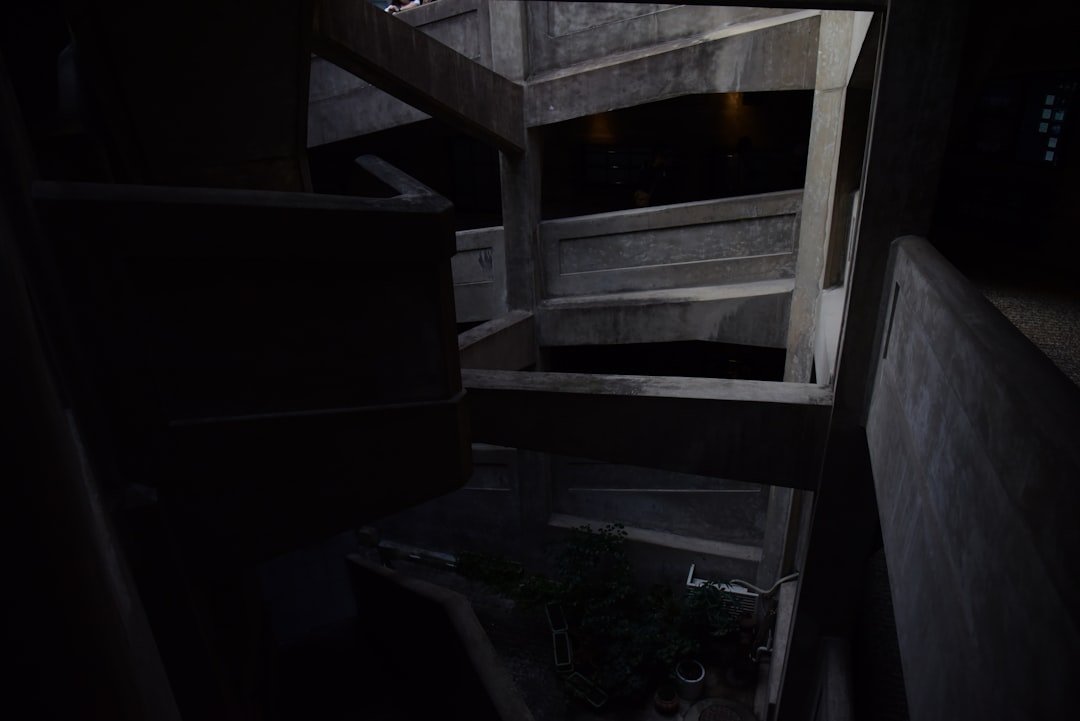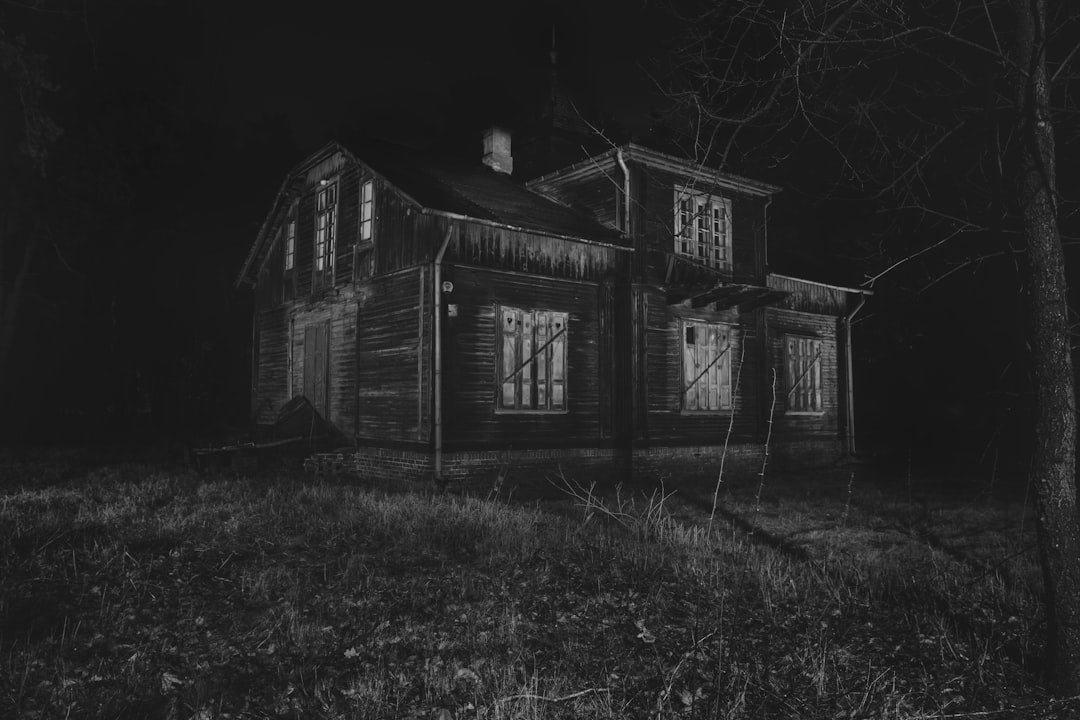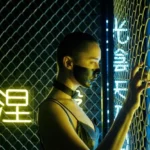Now Reading: The Quiet Revolution: Silent Storytelling in Modern Titles
-
01
The Quiet Revolution: Silent Storytelling in Modern Titles
The Quiet Revolution: Silent Storytelling in Modern Titles

In recent years, I have noticed a fascinating trend in the world of storytelling, particularly in film and television: the rise of silent storytelling. This approach, which relies heavily on visuals and minimal dialogue, has gained traction as creators seek to engage audiences in more profound and nuanced ways. I find it intriguing how this method harkens back to the early days of cinema, where silent films relied on expressive performances and visual cues to convey emotion and narrative.
Today, however, it has evolved into a sophisticated art form that transcends language barriers and cultural differences. As I delve deeper into this phenomenon, I realize that silent storytelling is not merely a nostalgic nod to the past; it is a response to our increasingly fast-paced, visually-oriented society. With the advent of social media and the constant bombardment of information, I believe that audiences are craving experiences that allow them to connect on a deeper level.
Silent storytelling offers a unique opportunity for viewers to interpret and engage with the narrative in their own way, fostering a sense of personal connection that is often lost in more dialogue-heavy formats.
Key Takeaways
- Silent storytelling has risen in popularity due to its ability to convey emotions and narratives without relying on dialogue.
- Visuals play a powerful role in modern titles, capturing the audience’s attention and setting the tone for the story.
- Subtle sound design enhances the storytelling experience by evoking emotions and creating atmosphere without overpowering the visuals.
- Minimalist title sequences have a significant impact, using simplicity to make a strong impression and set the tone for the narrative.
- Symbolism plays a crucial role in silent storytelling, allowing for deeper meaning and emotional resonance without the need for words.
The Power of Visuals in Modern Titles
When I think about modern titles, I am struck by the sheer power of visuals in conveying complex ideas and emotions. In an age where attention spans are dwindling, I have come to appreciate how visual storytelling can captivate an audience almost instantly. The use of striking imagery, color palettes, and composition can evoke feelings that words sometimes fail to express.
I find it remarkable how a single frame can encapsulate an entire narrative arc or character journey, inviting viewers to immerse themselves in the story without uttering a single word. Moreover, I have observed that the most successful modern titles often prioritize visuals over dialogue. This shift allows for a more universal appeal, as images can transcend language barriers and resonate with diverse audiences.
For instance, I recall watching a title sequence that utilized abstract shapes and colors to represent the emotional landscape of the characters. It was a powerful reminder that storytelling is not confined to spoken language; rather, it can be communicated through the careful arrangement of visual elements that speak directly to the viewer’s emotions.
The Art of Subtle Sound Design

As I explore the realm of silent storytelling, I cannot overlook the crucial role that sound design plays in enhancing the overall experience. While silence may be a defining characteristic of this approach, subtle sound elements can significantly elevate the narrative without overshadowing the visuals. I have come to appreciate how ambient sounds, soft whispers, or even silence itself can create an atmosphere that draws viewers in and heightens their emotional engagement.
In my experience, effective sound design often operates in the background, complementing the visuals rather than competing with them. For instance, I remember watching a film where the sound of rustling leaves or distant thunder added layers of meaning to a scene without any dialogue. This delicate balance between sound and silence creates a rich tapestry of auditory experiences that enhances my understanding of the characters’ emotions and motivations.
It is a testament to the artistry involved in crafting a narrative that resonates on multiple levels.
The Impact of Minimalist Title Sequences
Minimalist title sequences have become increasingly popular in recent years, and I find this trend both refreshing and thought-provoking. By stripping away unnecessary elements and focusing on simplicity, these sequences allow for a more profound connection between the viewer and the story. I appreciate how minimalist design can convey essential themes and ideas without overwhelming the audience with information.
It invites me to engage with the narrative on a deeper level, encouraging me to reflect on what I am seeing rather than simply absorbing it. In my observations, minimalist title sequences often rely on strong visual motifs or symbols that encapsulate the essence of the story. For example, I recall a title sequence that featured a single object slowly coming into focus against a stark background.
This deliberate choice not only piqued my curiosity but also set the tone for the entire narrative. It is fascinating how such simplicity can evoke powerful emotions and create anticipation for what is to come.
The Role of Symbolism in Silent Storytelling
Symbolism plays a pivotal role in silent storytelling, allowing creators to convey complex themes and ideas without relying on dialogue. As I engage with various narratives, I find myself drawn to the layers of meaning embedded within visual symbols. These symbols serve as a bridge between the audience and the story, inviting me to interpret their significance based on my own experiences and perspectives.
I have come to appreciate how effective symbolism can elevate a narrative beyond its surface-level plot. For instance, I remember watching a film where recurring motifs—such as a wilting flower or a broken clock—represented themes of loss and time. These visual cues resonated with me on an emotional level, prompting me to reflect on my own experiences with similar concepts.
In this way, silent storytelling becomes an intimate dialogue between the creator and the audience, allowing for personal interpretations that enrich the overall experience.
The Evolution of Title Design in Film and Television

As I reflect on the evolution of title design in film and television, I am struck by how much it has transformed over the years. From elaborate hand-painted titles in early cinema to sleek digital animations today, title design has become an integral part of storytelling. I find it fascinating how these sequences have evolved from mere introductions to essential components that set the tone for the entire narrative.
In my exploration of this evolution, I have noticed that contemporary title designs often prioritize creativity and innovation. Filmmakers are increasingly experimenting with different styles and techniques to create memorable openings that capture viewers’ attention. For example, I recall watching a series where each episode featured a unique title sequence that reflected its themes and tone.
This not only kept me engaged but also heightened my anticipation for what was to come. It is evident that title design has become an art form in its own right, capable of conveying complex ideas and emotions before a single line of dialogue is spoken.
The Influence of Silent Storytelling in Marketing and Branding
The principles of silent storytelling have also made their way into marketing and branding strategies, and I find this intersection particularly intriguing. In an era where consumers are bombarded with advertisements vying for their attention, brands are increasingly turning to visual storytelling as a means of connecting with their audience. I have observed how companies are utilizing striking imagery and minimal text to convey their messages effectively.
For instance, I recall seeing an advertisement that relied solely on visuals to tell a compelling story about sustainability. The absence of dialogue allowed me to focus on the imagery and emotions conveyed through each frame. This approach not only captured my attention but also left a lasting impression on me as a consumer.
It is clear that silent storytelling techniques can create powerful connections between brands and their audiences by evoking emotions and fostering engagement without overwhelming them with information.
The Connection Between Silent Storytelling and Emotional Engagement
One of the most compelling aspects of silent storytelling is its ability to foster emotional engagement with audiences. As I immerse myself in narratives that prioritize visuals over dialogue, I often find myself experiencing a range of emotions—joy, sadness, nostalgia—without any spoken words guiding my feelings. This unique connection allows me to engage with characters on a deeper level, as their emotions are conveyed through subtle gestures and expressions rather than explicit dialogue.
I believe that this emotional engagement is rooted in our innate ability to empathize with others’ experiences. When I watch a character navigate challenges or triumphs through visual storytelling, I am reminded of my own experiences and feelings. This shared understanding creates a bond between me and the characters, making their journeys all the more impactful.
Silent storytelling taps into this universal human experience, allowing for connections that transcend language barriers.
The Use of Silence to Create Tension and Suspense
Silence can be an incredibly powerful tool in storytelling, particularly when it comes to creating tension and suspense. As I reflect on various narratives I’ve encountered, I am struck by how moments of silence can heighten anticipation and draw me into the story’s emotional landscape. In many cases, it is during these quiet moments that I find myself holding my breath, waiting for what will happen next.
I recall watching a thriller where silence enveloped key scenes, amplifying my sense of unease as characters navigated dangerous situations. The absence of sound created an atmosphere thick with tension, making every movement feel significant. This strategic use of silence not only kept me on edge but also allowed me to fully immerse myself in the characters’ experiences.
It is fascinating how silence can serve as both a narrative device and an emotional catalyst, enhancing my engagement with the story.
The Future of Silent Storytelling in Modern Titles
As I contemplate the future of silent storytelling in modern titles, I am filled with excitement about its potential for innovation and creativity. With advancements in technology and an ever-evolving media landscape, there are endless possibilities for how creators can experiment with this approach. I envision a future where silent storytelling continues to push boundaries, inviting audiences to engage with narratives in new and unexpected ways.
I believe that as our society becomes increasingly visual-oriented, silent storytelling will only gain prominence in various forms of media. From films to video games and even virtual reality experiences, there is ample opportunity for creators to explore this art form further. As someone who appreciates the power of visuals and emotions in storytelling, I eagerly anticipate witnessing how silent storytelling will continue to evolve and resonate with audiences around the world.
Exploring Silent Storytelling in Different Genres and Mediums
Finally, as I explore silent storytelling across different genres and mediums, I am continually amazed by its versatility and adaptability. Whether it be in animated films, documentaries, or even video games, silent storytelling has found its place in diverse narratives. Each genre brings its unique challenges and opportunities for creators to experiment with visuals and sound design.
For instance, I have seen animated films utilize silent storytelling techniques effectively by relying on expressive character designs and vibrant colors to convey emotions without dialogue. In documentaries, powerful imagery combined with minimal narration can create poignant moments that resonate deeply with viewers. Even in video games, where interactivity plays a significant role, silent storytelling can enhance immersion by allowing players to interpret narratives through their actions rather than explicit instructions.
In conclusion, my exploration of silent storytelling has revealed its profound impact on modern narratives across various mediums. From its rise as an art form to its influence on marketing strategies and emotional engagement, silent storytelling continues to captivate audiences worldwide. As I look ahead to the future, I am excited about the possibilities that lie ahead for this unique approach to storytelling—one that invites us all to connect through shared experiences without uttering a single word.
The rise of silent storytelling in modern titles has been a fascinating trend in the gaming industry, allowing players to immerse themselves in rich narratives without the need for constant dialogue. This shift towards more visual storytelling can be seen in games like “The Last of Us Part II” and “Journey,” where the environment and character animations speak volumes. For more insights on how game developers are pushing the boundaries of storytelling through innovative gameplay mechanics, check out this article on top adaptive triggers in PlayStation games.



























